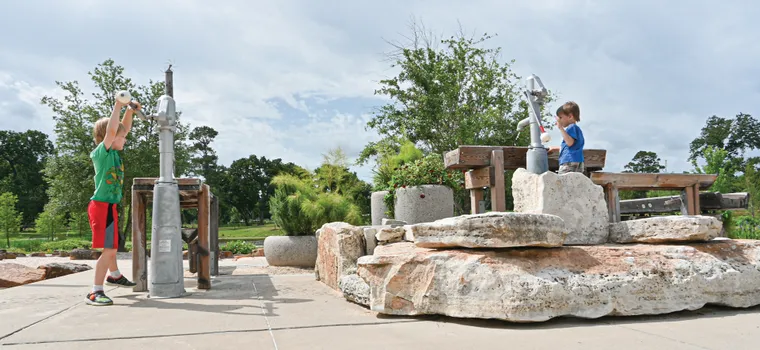Envisioning enriching and dynamic water play sites
By Chelsea Hoffman and Max D'Aurizio
Water is inherently fascinating—children (and adults) are instinctively drawn to it. It’s a natural focal point for communal play. In the U.S., water-play spaces are often designed as splash pads or automatic spray systems. These installations let children run through jets of water, cool off on hot summer days, and enjoy bursts of excitement.
While these spaces are valuable—especially as summers grow hotter and cities grow denser—they often fall short of satisfying a deeper need: the desire to experiment with water. Look closely at many New York City splash pads with brightly colored remnants of broken balloons—evidence of children repurposing water jets to fill balloons. Buckets, toys, and makeshift tools abound, signaling a longing for greater interaction and control.

